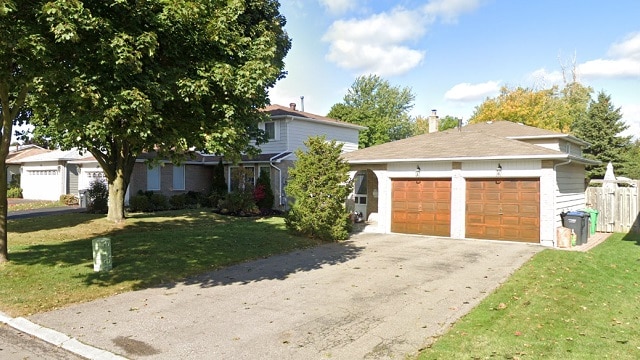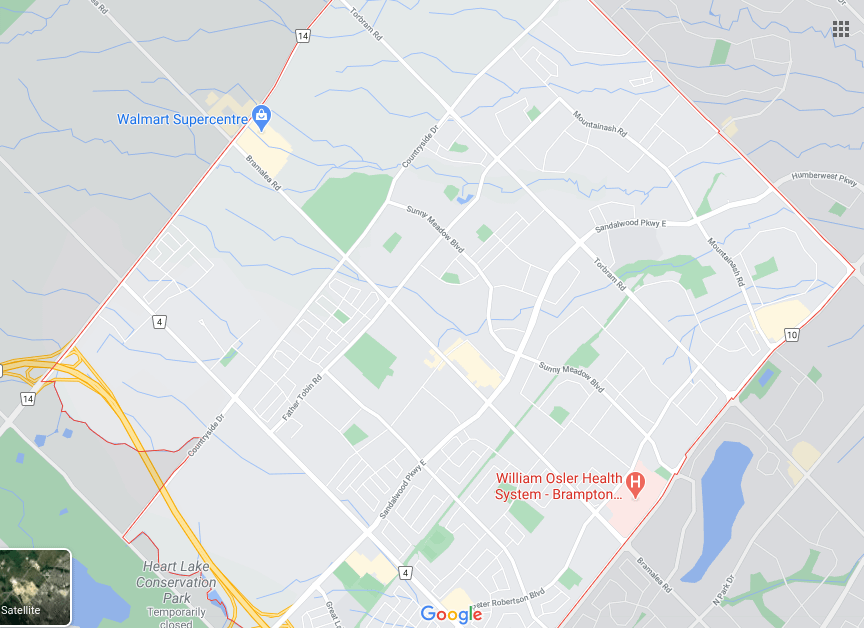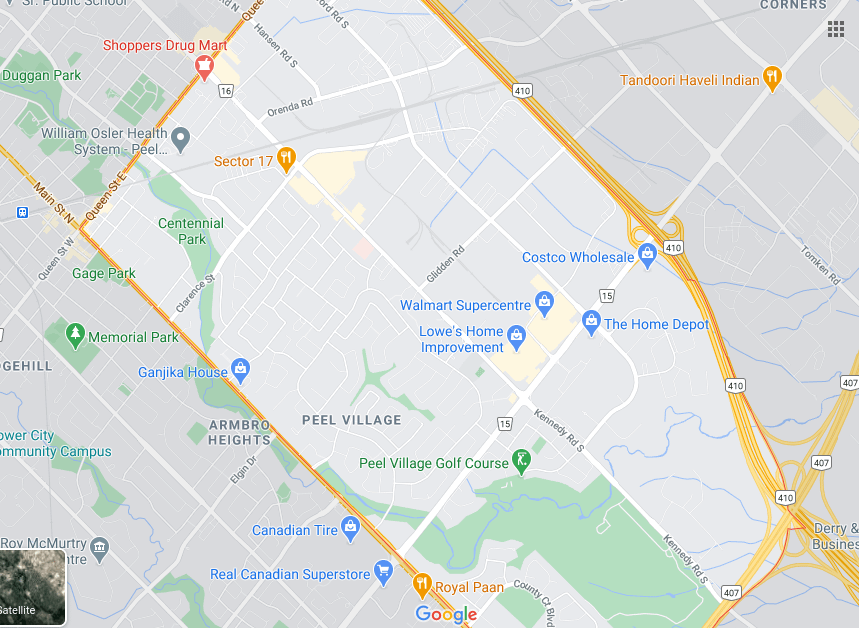These Brampton postal codes have some of the highest COVID-19 percent positivity rates in Ontario
Published February 6, 2021 at 12:59 am

Several Brampton neighbourhoods are among those with the highest COVID-19 percent positivity rates (percentage of positive COVID-19 tests in the area) in Ontario, according to recent data from Toronto-based research group ICES.
ICES listed 50 neighbourhoods in Ontario with the highest percent positivity rates for the week of January 24 to 30.
Of the 50 listed, the following neighbourhoods are located in Brampton:
L6P at 17.1% (area of The Gore and Castlemore) 2nd highest percent positivity neighbourhood in Ontario (3rd during previous week)

L6T at 15.1% (area of Highway 407 and Airport Rd) 5th highest percent positivity neighbourhood in Ontario (12th during previous week)

L6R at 11.7% (area of Sandalwood Pkwy E and Torbram) 13th highest percent positivity neighbourhood in Ontario (7th during previous week)

L6W at 11.4% (area of Steeles Ave E and Kennedy Rd S) 15th highest percent positivity neighbourhood in Ontario (16th during previous week)

L6Y at 11.2% (area of Chinguacousy and Steeles Ave W) 17th highest percent positivity neighbourhood in Ontario (40th during previous week)

L7A at 10.4% (area of Highway 410 and Williams Pkwy) 28th highest percent positivity neighbourhood in Ontario (31st during previous week)

L6X at 9.9% (area of Williams Pkwy and James Potter Rd) 35th highest percent positivity neighbourhood in Ontario (17th during previous week)

L6S at 9.6% (area of Williams Pkwy and Bramalea Rd) 38th highest percent positivity neighbourhood in Ontario (not listed during previous week)

Peel was the region with the highest percent positivity (9.0%) out of all of Ontario’s 34 Public Health Units, followed by Toronto and York. Ontario’s overall percent positivity was 4.0%.
“For all Ontario residents, the overall percent positivity among those tested for COVID-19 during the week of January 24 was 4.0% (versus 4.6% the previous week),” ICES reports.
“The percent positivity was relatively lower among persons living in long-term care homes (3.3%), compared to those not living in long-term care (4.1%).”
The full data is available to read here.
Images courtesy of ICES
INsauga's Editorial Standards and Policies

